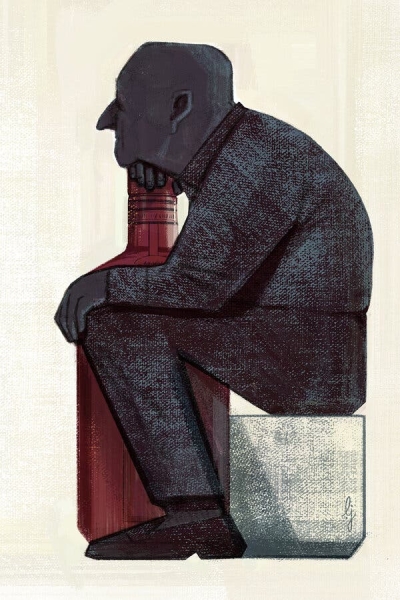The pandemic played a role in increased consumption, but alcohol use among people 65 and older was climbing even before 2020.

The phone awakened Doug Nordman at 3 a.m. A surgeon was calling from a hospital in Grand Junction, Colo., where Mr. Nordman’s father had arrived at the emergency room, incoherent and in pain, and then lost consciousness.
At first, the staff had thought he was suffering a heart attack, but a CT scan found that part of his small intestine had been perforated. A surgical team repaired the hole, saving his life, but the surgeon had some questions.
“Was your father an alcoholic?” he asked. The doctors had found Dean Nordman malnourished, his peritoneal cavity “awash with alcohol.”
The younger Mr. Nordman, a military personal finance author living in Oahu, Hawaii, explained that his 77-year-old dad had long been a classic social drinker: a Scotch and water with his wife before dinner, which got topped off during dinner, then another after dinner, and perhaps a nightcap.
Having three to four drinks daily exceeds current dietary guidelines, which define moderate consumption as two drinks a day for men and one for women, or less. But “that was the normal drinking culture of the time,” said Doug Nordman, now 63.
At the time of his hospitalization, though, Dean Nordman, a retired electrical engineer, was widowed, living alone and developing symptoms of dementia. He got lost while driving, struggled with household chores and complained of a “slipping memory.”

